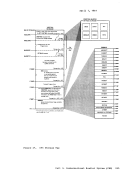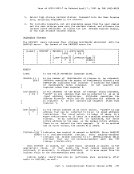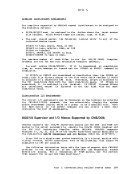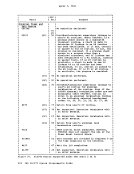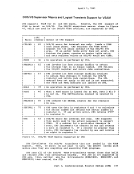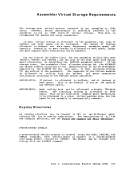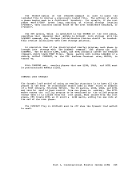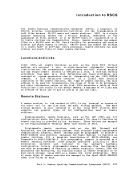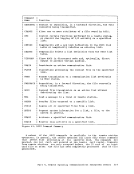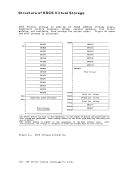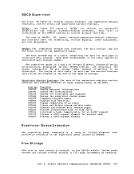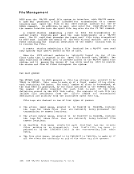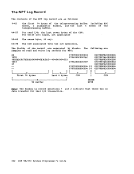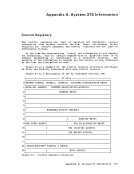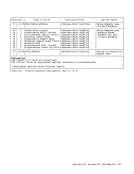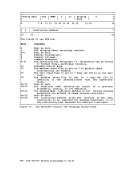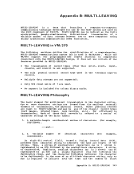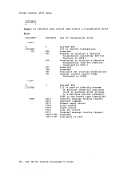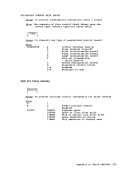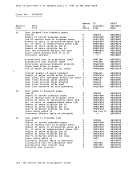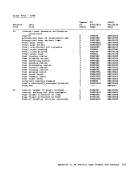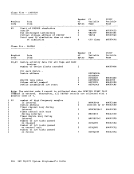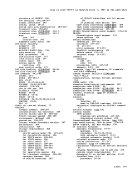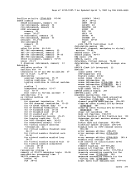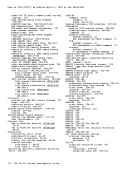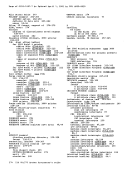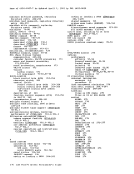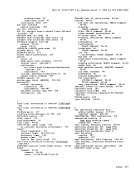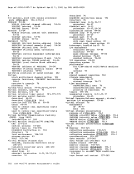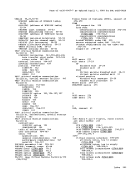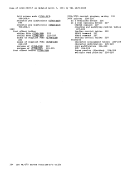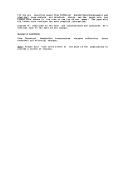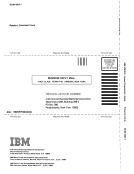Apr il 1, 1981
The Virtual Machine CommunicationFacility The Virtual Machine communication Facility (VMCF) is part of the CP component of VM/370. VKCF provides virtual machines with the ability to
send data to and receive data from any other virtual machine.VMCF is made up of five data transfer subfunctions, seven control
subfunctions, a special external interrupt (codeX'4001') to
asynchronously alert virtual machines to pending messages, and an
external interrupt message header to pass control information (and data,
at times) to another user.VMCF is implemented by means of subfunctions invoked using the DIAGNOSE instruction with a code of X'68' and a special 40-byte parameter list called VMCPARM. A VMCF subfunction is indicated by a
particular subfunction code in theVMCPFUNC field in the parameter list. BQte: Before you can use any other VMCF subfunction, you must use the AUTHORIZE subfunction for communications. Before you can communicate
with another user, that user must also have used theAUTHORIZE su bfu nct ion.
A special external interrupt (codeX'4001') is used by module DMKVKC to notify one virtual machine of a pending transfer of data. This
interrupt is also used to synchronize sending and receiving ofdata. Along with this interrupt, the virtual machine receives a message
header that is logged into a preassigned virtual storage area. This
message header is used to define the type of request and to provide data
transfer information, such as length of data. The message header is
also used to notify the originator of a transaction of the success or
failure of the transaction. In this case, the message header includes
such information as residual counts and data transfer return codes.
Figure 14 lists theVMCF subfunction$ and qives a brief description
of each. The subfunctions are described in detail in the section
"Descriptions ofVMCF Subfunctions." Messages and data are directed to other virtual machines logically
via the userid. Data is transferred in up to 2048-byte blocks from the
sending virtual machine's storage to the receiving virtual machine's
storage. The amount of data that can be moved in a single transfer is
limited onlyby the sizes of virtual machine storage of the respective
virtual machines.Use of real storage is minimal. Only one real storage
paqe need be locked during the data transfer.
The special message facility usesVKCF to send messages from one
virtual machine storage area to another virtual machine storage area.
For a description of the special message facility and how it usesVMCF, see "Special Message Facility" in this section. Part 2. Control Proqram (CP) 143
The Virtual Machine Communication
send data to and receive data from any other virtual machine.
subfunctions, a special external interrupt (code
asynchronously alert virtual machines to pending messages, and an
external interrupt message header to pass control information (and data,
at times) to another user.
particular subfunction code in the
with another user, that user must also have used the
A special external interrupt (code
interrupt is also used to synchronize sending and receiving of
header that is logged into a preassigned virtual storage area. This
message header is used to define the type of request and to provide data
transfer information, such as length of data. The message header is
also used to notify the originator of a transaction of the success or
failure of the transaction. In this case, the message header includes
such information as residual counts and data transfer return codes.
Figure 14 lists the
of each. The subfunctions are described in detail in the section
"Descriptions of
via the userid. Data is transferred in up to 2048-byte blocks from the
sending virtual machine's storage to the receiving virtual machine's
storage. The amount of data that can be moved in a single transfer is
limited only
virtual machines.
paqe need be locked during the data transfer.
The special message facility uses
virtual machine storage area to another virtual machine storage area.
For a description of the special message facility and how it uses

























































































































































































































































































